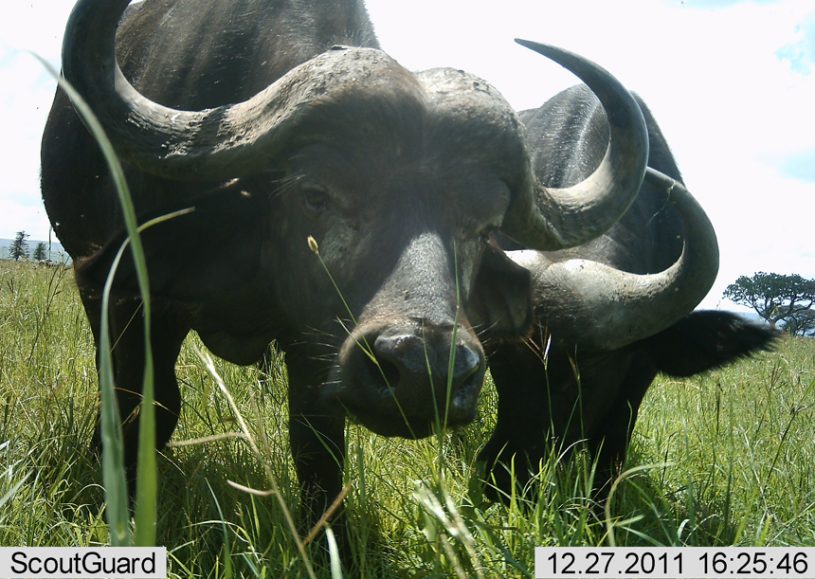Getting on the citizen science train
If you have curiosity and a computer, you can participate in scientific projects

Citizen science projects like Snapshot Serengeti help you get up close and personal with wildlife.
Snapshot Serengeti
CHICAGO —I’ve always known that I like science. But I never got to try it until I got to college. If only I had the Internet! Now there are many more opportunities to not only do science, but to also contribute to scientific research.
I’ve written before about opportunities to do citizen science, from tracking bumblebees to hunting meteors to learning more about our sense of taste. At this year’s meeting of the American Association for the Advancement of Science in Chicago, I learned about a few more citizen science projects.
Zooniverse and Eyewire offer opportunities for you to get involved in science no matter where you are. These websites allow people from all walks of life to help collect real data used for research. Helping scientists collect their data can be a great way to learn about a field and get scientific inspiration. It can also be a lot of fun.
If you’re interested in neuroscience, Eyewire lets you outline real neurons in the eye. Your data will help the scientists running the project achieve their goal of mapping all the connections between cells in the brain.
While Eyewire is just one project, Zooniverse is a site that houses many citizen science experiments, from astronomy to biology and beyond. I had a great time identifying animals in the wild from my computer using Snapshot Serengeti. Moon Zoo gives participants the chance to identify craters and other lunar features in detail that no computer can match. There are many more.
For all experiments, there are pages with guidelines to make sure participants understand the projects. Many sites have discussion forums to help students go over what they found with other users. As kids identify craters and wildebeests, they may be collecting valuable data. But they are definitely learning a lot about science, and how it works, at the same time.
Power Words
citizen science Scientific research in which the public — people of all ages and abilities — participate. The data that these citizen “scientists” collect helps to advance scientific research. Citizen science means that scientists can get data from many more people and places than would be available if they were working alone.
crater A large, bowl-shaped cavity in the ground or on the surface of a planet or the moon. Craters are typically caused by an explosion or the impact of a meteorite or other celestial body.
lunar Of or relating to Earth’s moon.
neuron or nerve cell Any of the impulse-conducting cells that make up the brain, spinal column and nervous system. These specialized cells transmit information to other neurons in the form of electrical signals.
wildebeest A type of antelope found in Africa. These animals are about five feet tall, travel in herds, eat grass and are commonly found in Serengeti National Park in Tanzania, as well as on the Masai Mara Game Reserve in Kenya and Liuwa Plain National Park in Zambia.